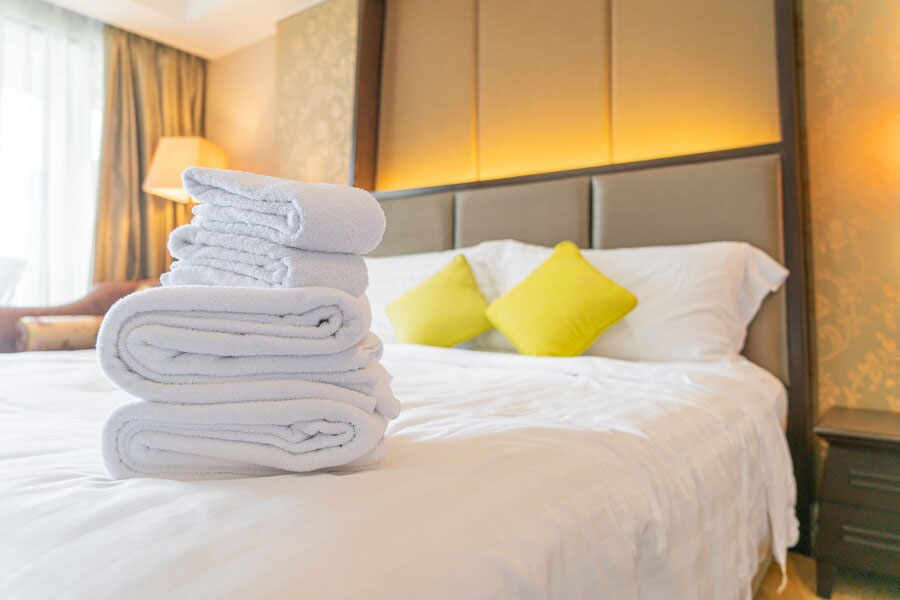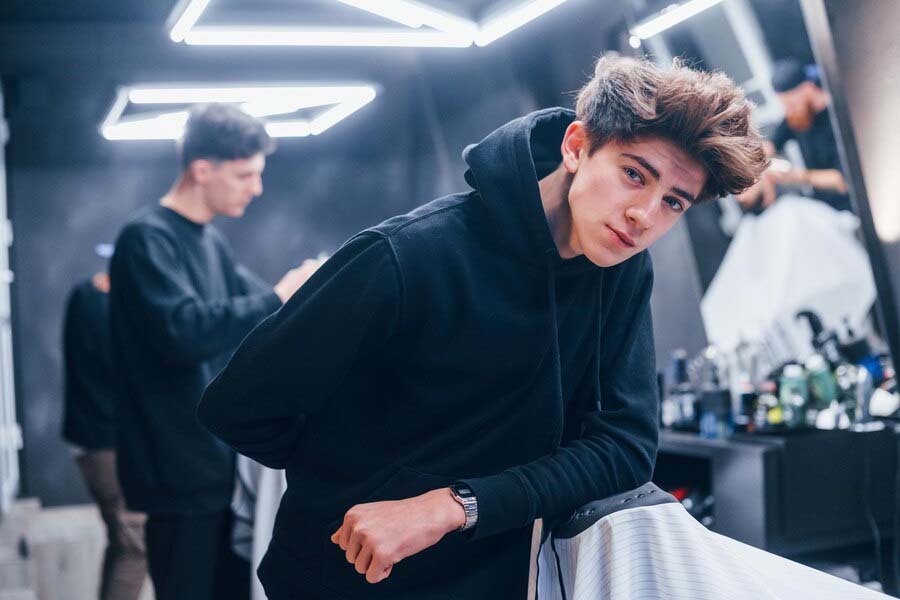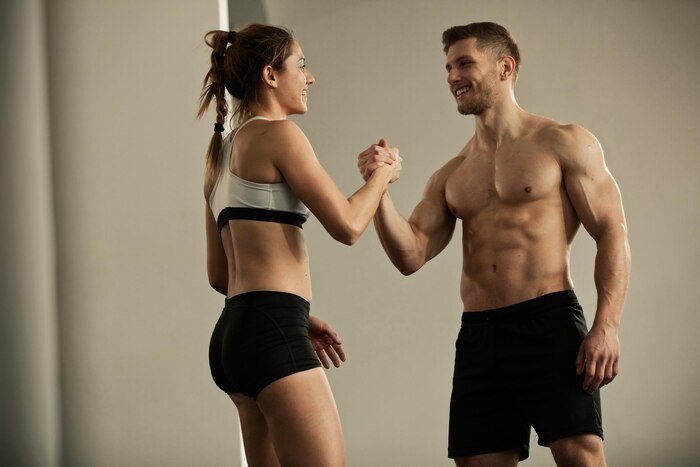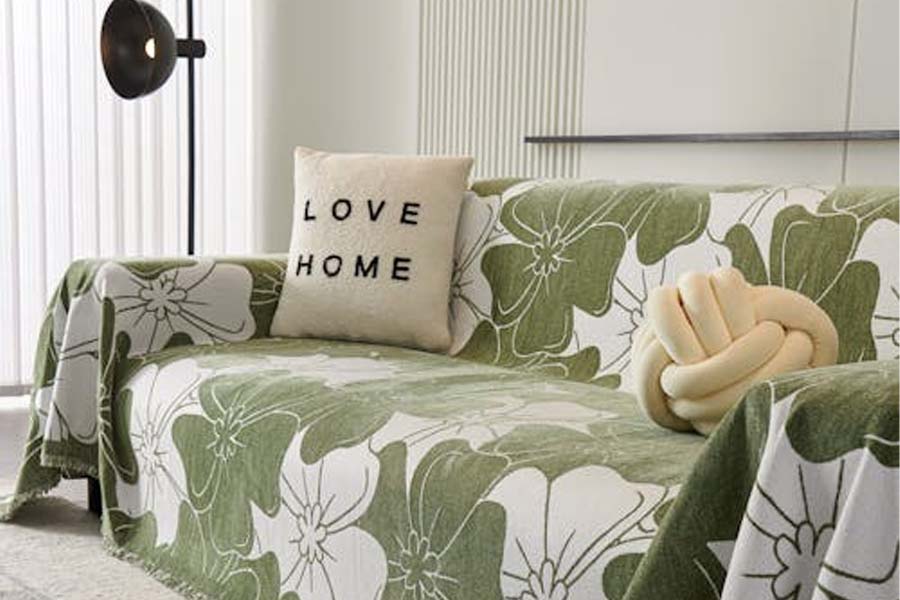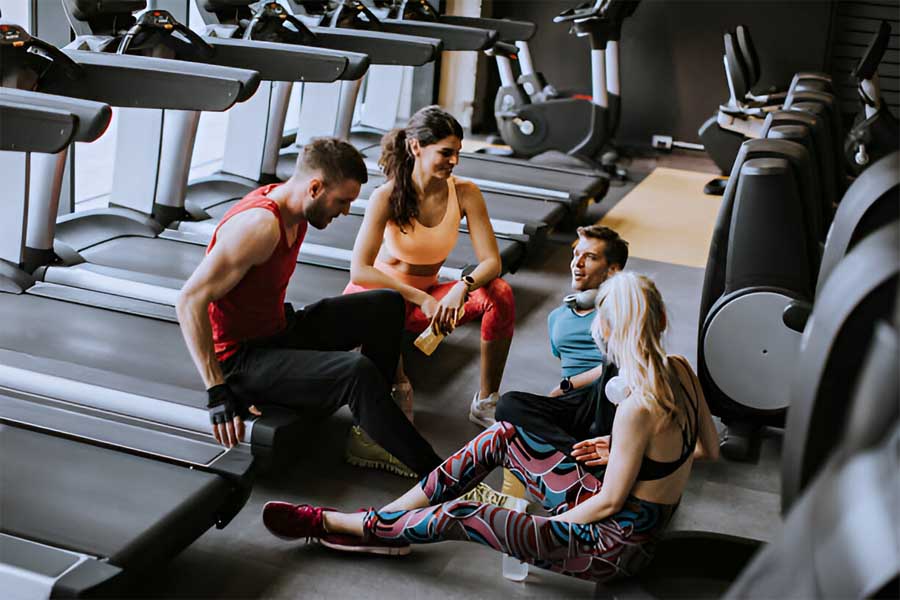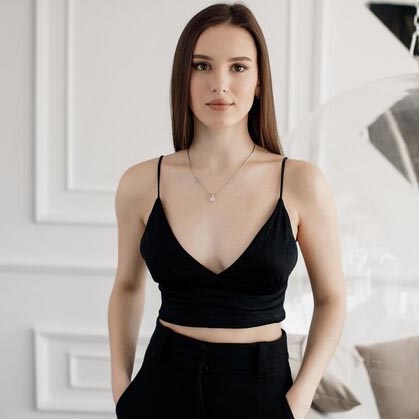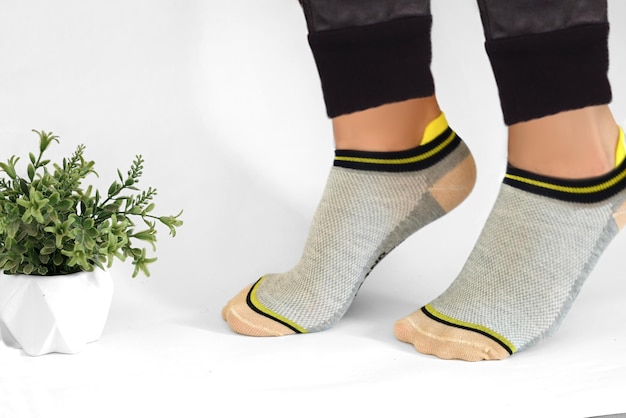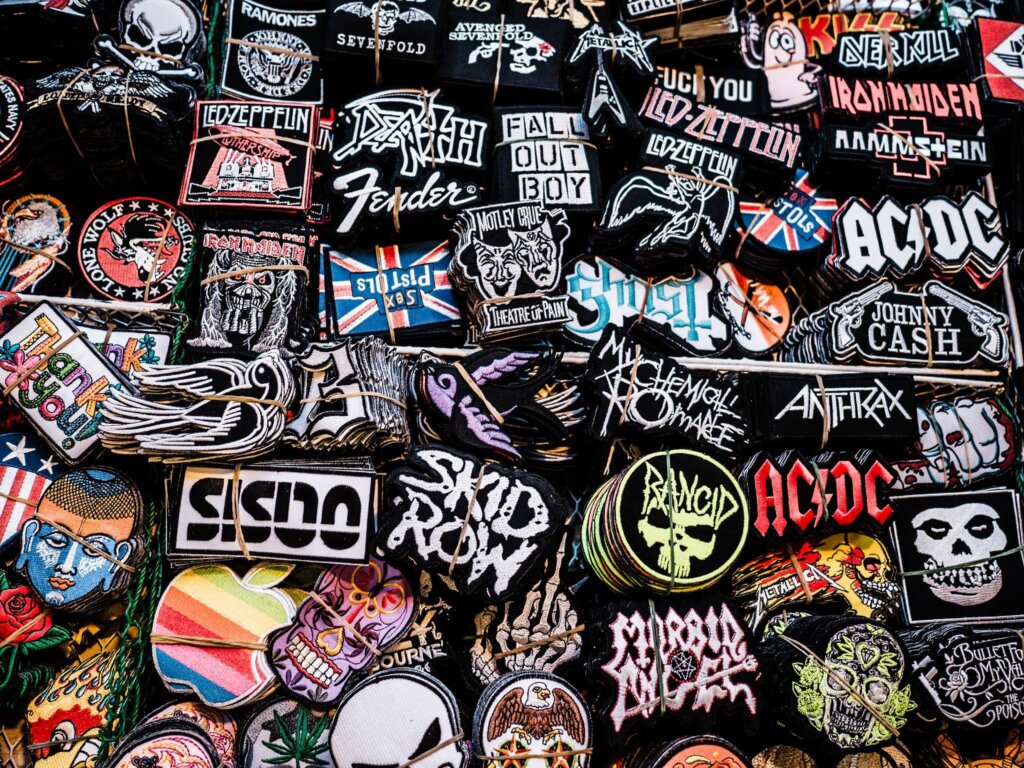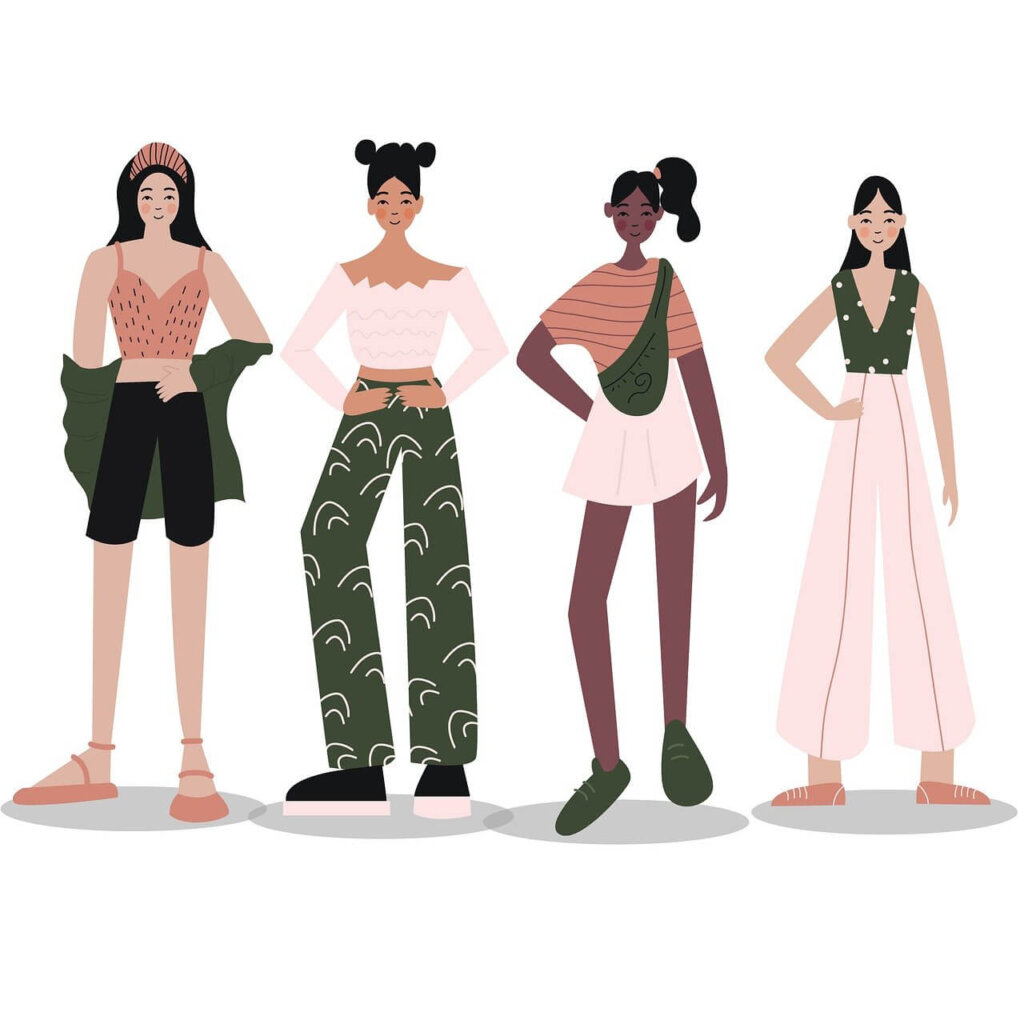Whether you’re making shirts, pants, or workout gear, your brand must be aware of the various lightest fabric weights before you start production.
First and foremost, the thickness of the threads used to create fabrics like silk, cotton, canvas, and polyester is what determines the fabric’s weight. That data will help designers and manufacturers select the best light cloth for their products.
Clothing cuts might be the deciding factor between pleasant or unpleasant experiences when the temperature rises. more accurately, it’s heft.
Wearing thick, heavy textiles might make you uncomfortable even before you start your day. On the other hand, wearing lightweight fabrics throughout the day will keep you feeling as cool as a cucumber.
There is a lot to know if you want to put together your lightweight fabric summer clothing. Although there is a wide variety of light fabric materials available, not all of them will work for every use.
Which Fabrics Are The Lightest?

Just what characteristics differentiate a lightweight shirt fabric from a midweight or heavyweight one? The GSM makes it easy (or, in other words, the grams per square meter).
Fabrics like chiffon, organza, linen, mesh, lace, silk, thin cotton fabric, felt, and neoprene is examples of lightweight fabric. Velvet, nylon, taffeta, oxford, and sateen are all heavy textiles, while sateen and oxford are medium. Heavier materials include things like denim, canvas, suede, wool, flannel, and tweed.
Understanding fabric weights is crucial for a fashion brand since it determines whether or not a particular style can be accomplished.
For this reason, a denim clothing company, for instance, would do well to avoid using lightweight materials and instead use a heavier fabric weight. The drape and form of your sundresses will be affected by the weight of the fabric you use, so keep that in mind when designing your spring line of skirts and dresses.
Fabric weights in the 30 to 150 GSM range are considered lightweight. Medium-weight textiles weigh in at around 150-350 GSM, whereas heavyweight fabrics can go up to 350 GSM or more.
Fabrics like chiffon, linen, organza, cheesecloth, lace, voile, mesh, and habotai are all examples of lightweight woven fabric that are widely used and recognized. However, this is not an exhaustive list.
Here are some thin and light fabric that can be used for making lightest clothing material:
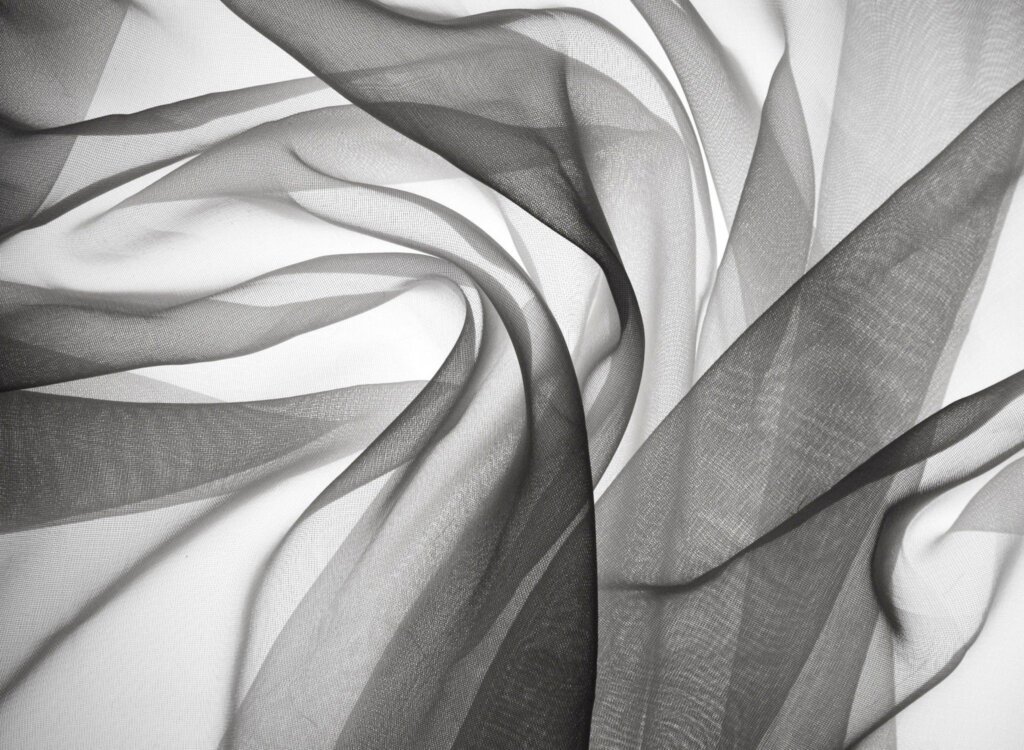
A delicate, sheer fabric that is light and flowy fabric and works well for dresses and skirts.
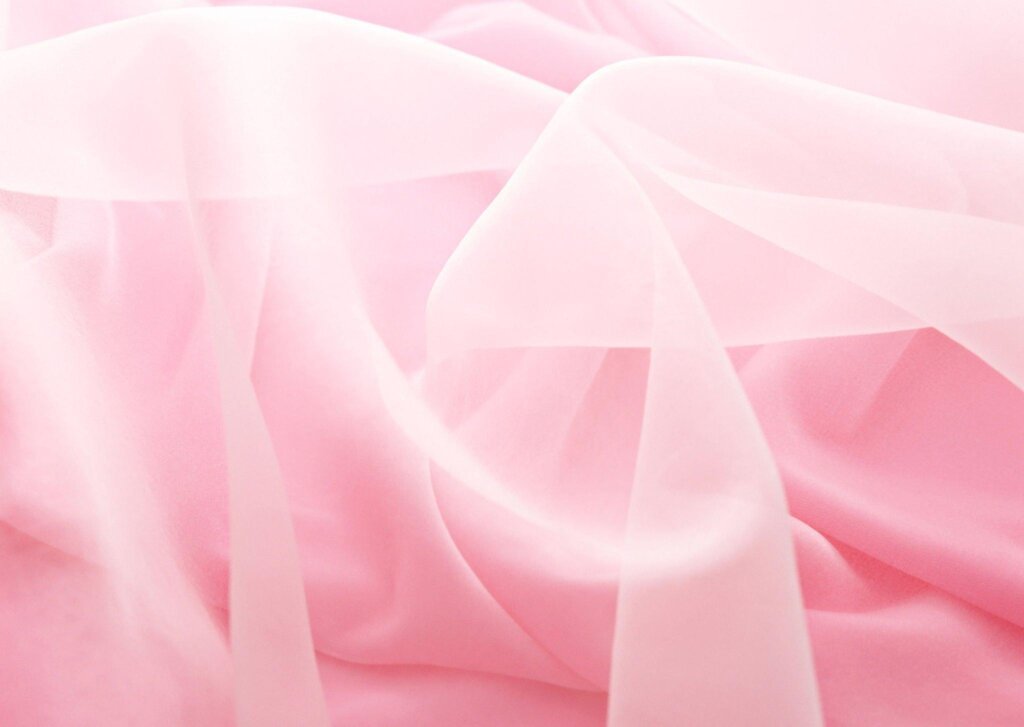
It is similar to muslin in that it is thin and see-through, but it is finer and softer. It is often used for lingerie and others.
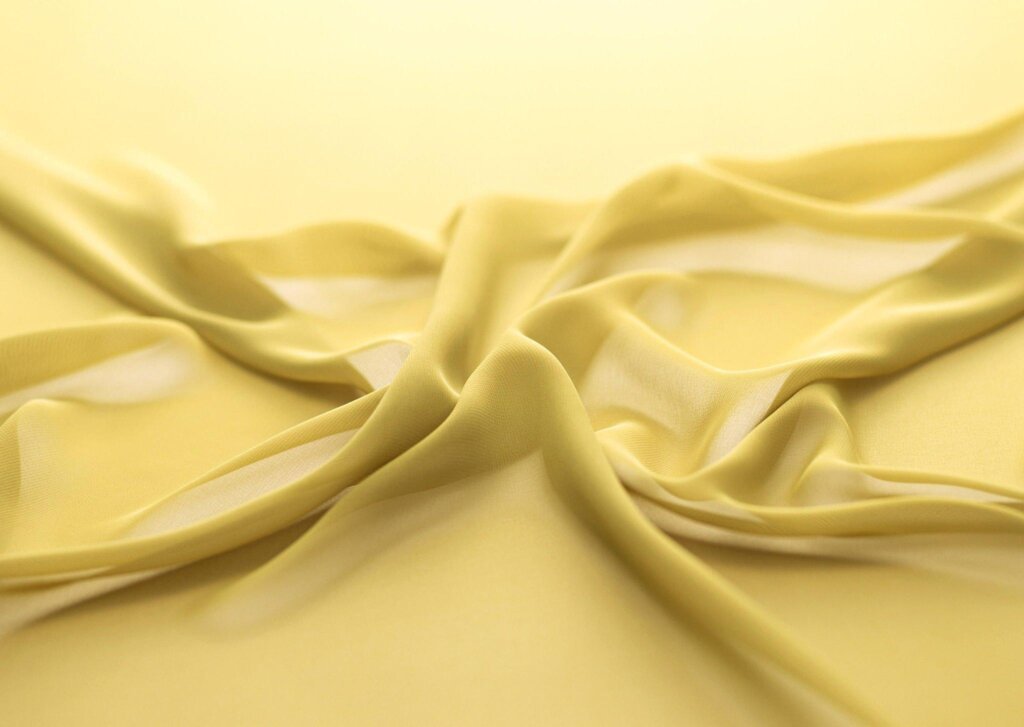
A light, sheer fabric with a crisp, slightly stiff drape that works well for dresses and skirts with a shape.
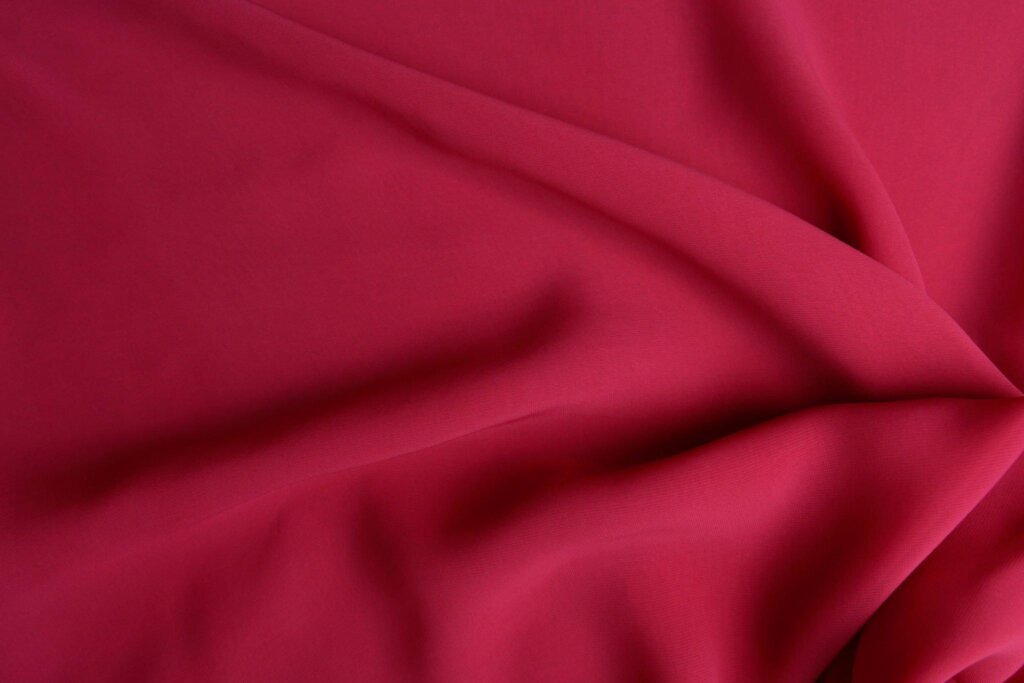
A thin, sheer fabric with a texture like a crepe, which makes it great for dresses and skirts that flow.

A smooth, light fabric with a matte finish that works well for dresses and blouses.
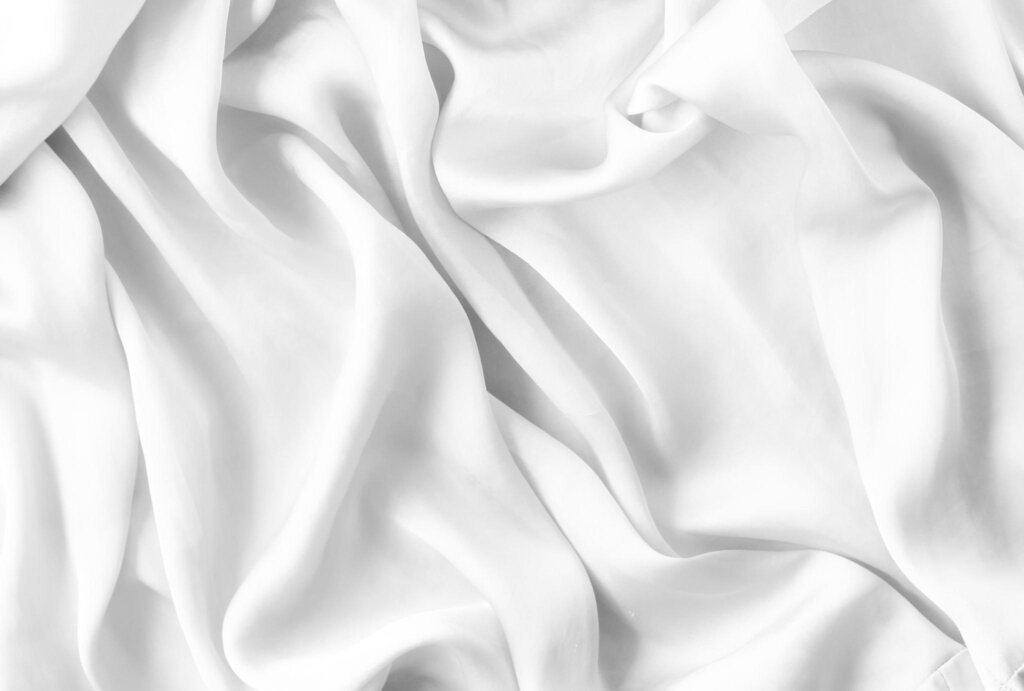
A smooth, light fabric with a shiny finish that is perfect for dresses and blouses.

A thin, sheer fabric that feels soft and silky and is great for dresses and blouses because of its lightweight.
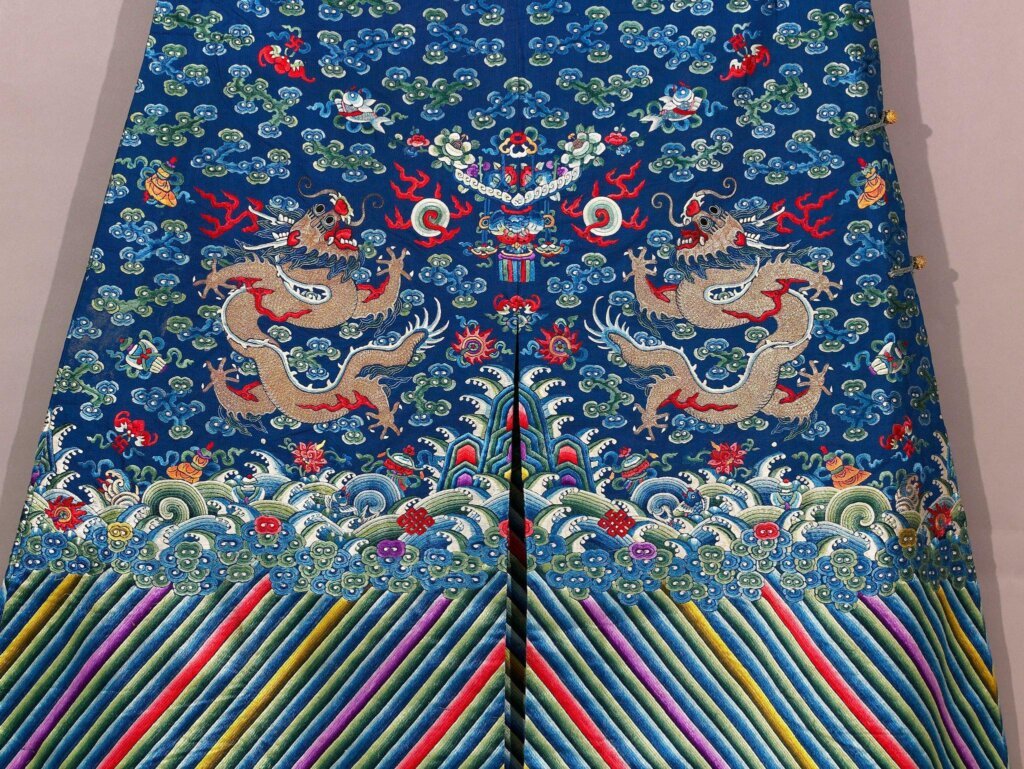
A smooth, light fabric that feels soft and cool and is perfect for dresses and blouses.
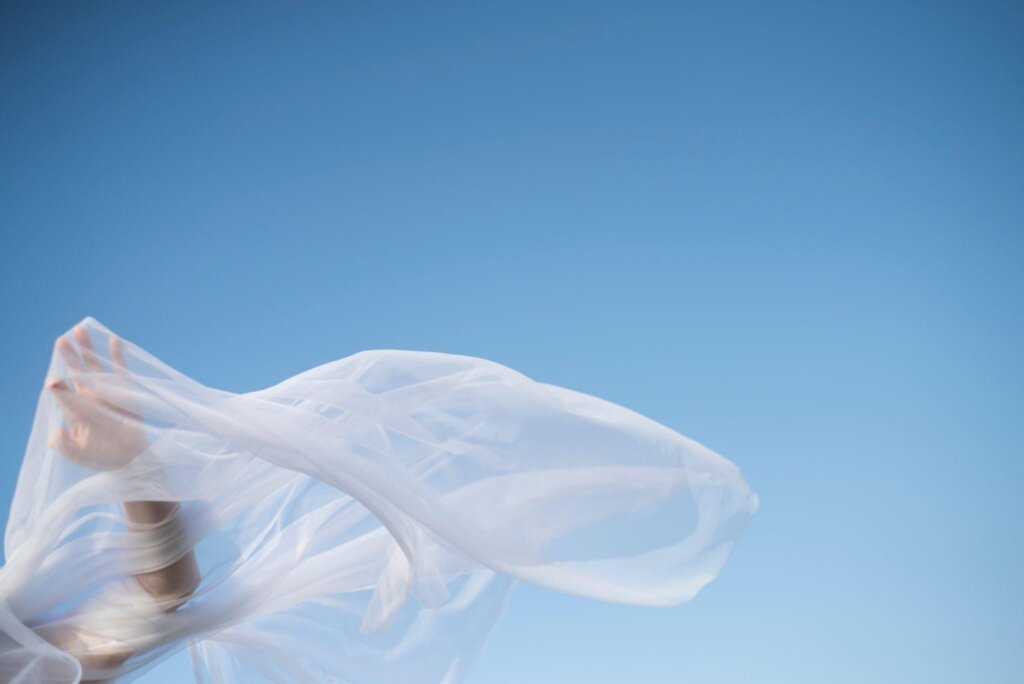
A thin, sheer fabric that feels soft and silky and is great for dresses and blouses because of its lightweight.

A natural-looking thin fabric that is light and airy, making it great for summer dresses and top’s
11. Muslin
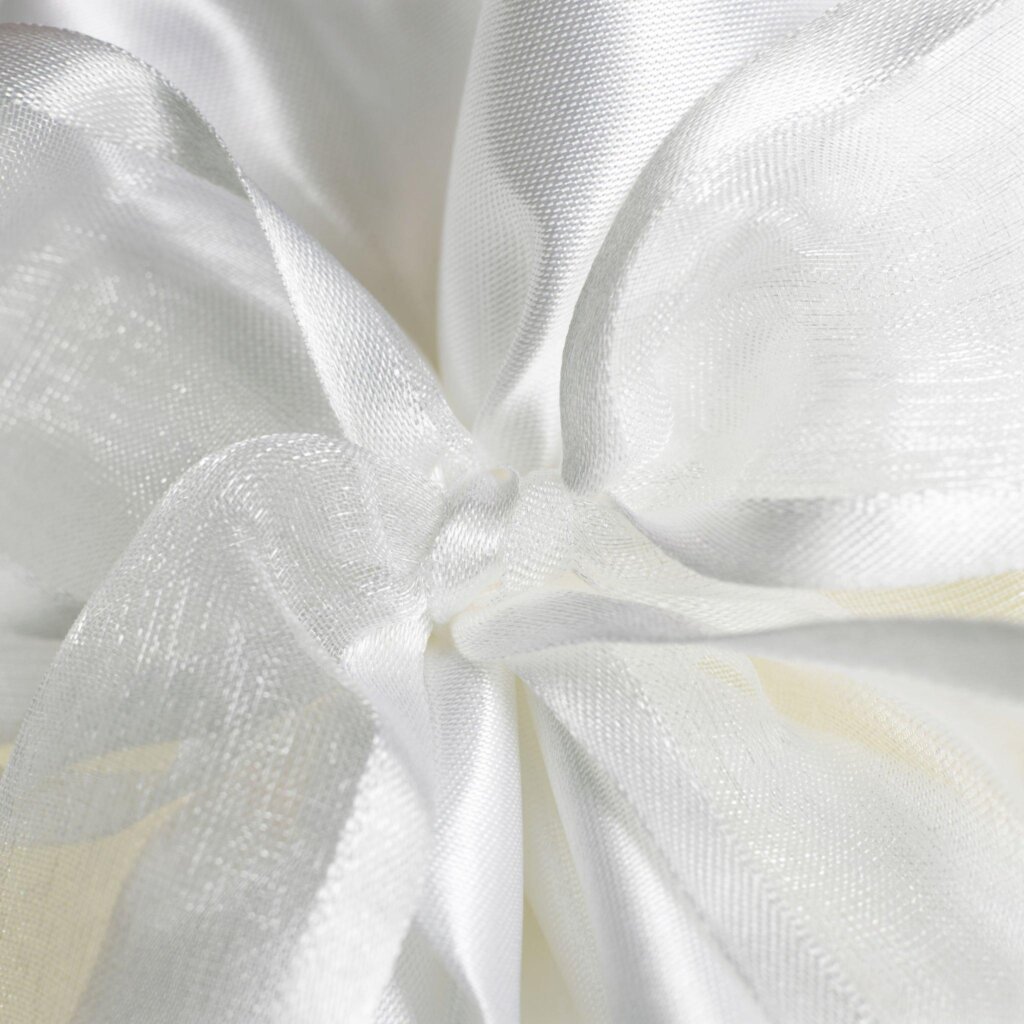
A piece of light fabric with a plain weave that is often used as lining or to make prototypes.
12. Cotton voile
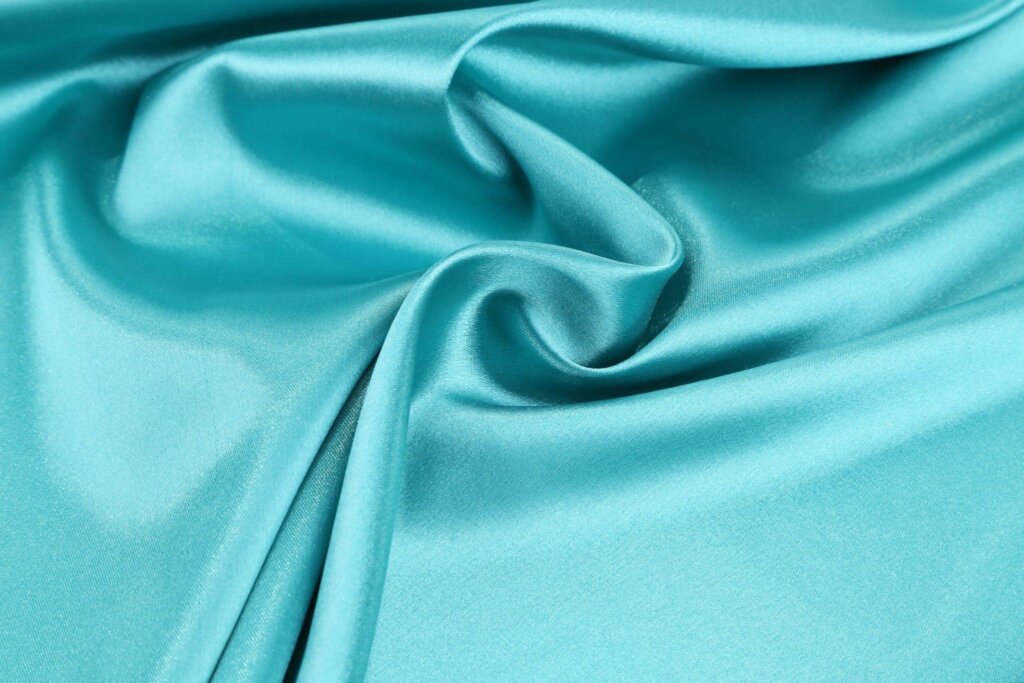
A lightweight cotton fabric, thin cotton fabric, and sheer fabric that feels crisp and looks a little bit sheer. This makes it perfect for lightweight cotton dresses and blouses.
13. Tencel

A smooth, light fabric made from wood pulp that feels soft and cool and is great for dresses and blouses.
14. Rayon
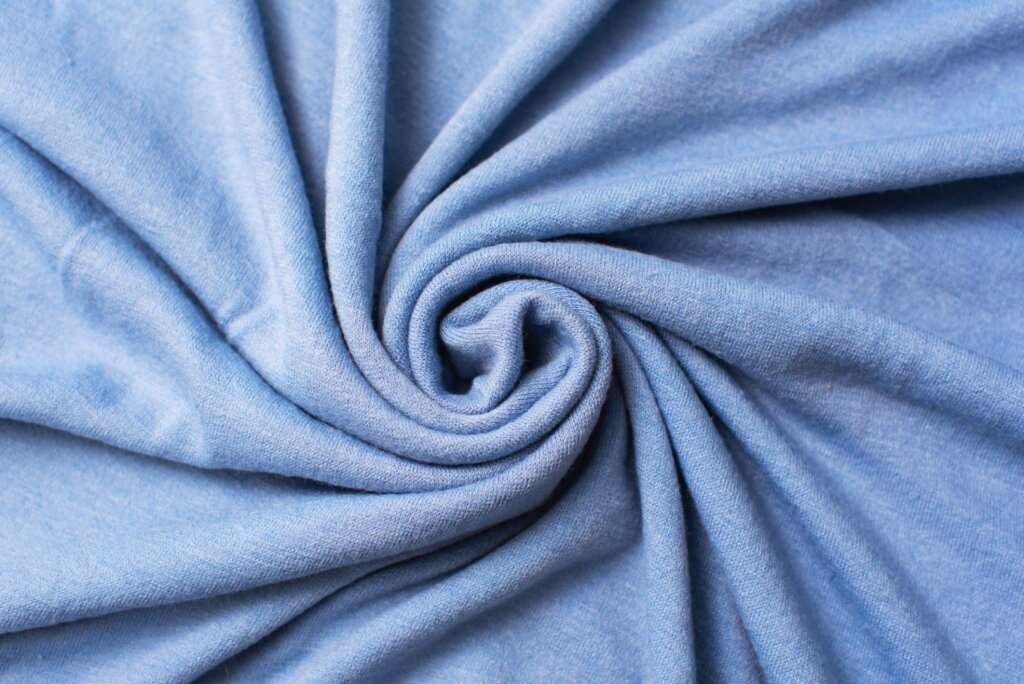
A light, smooth, soft, and drapery fabric that is perfect for dresses and blouse’s
15. Lace
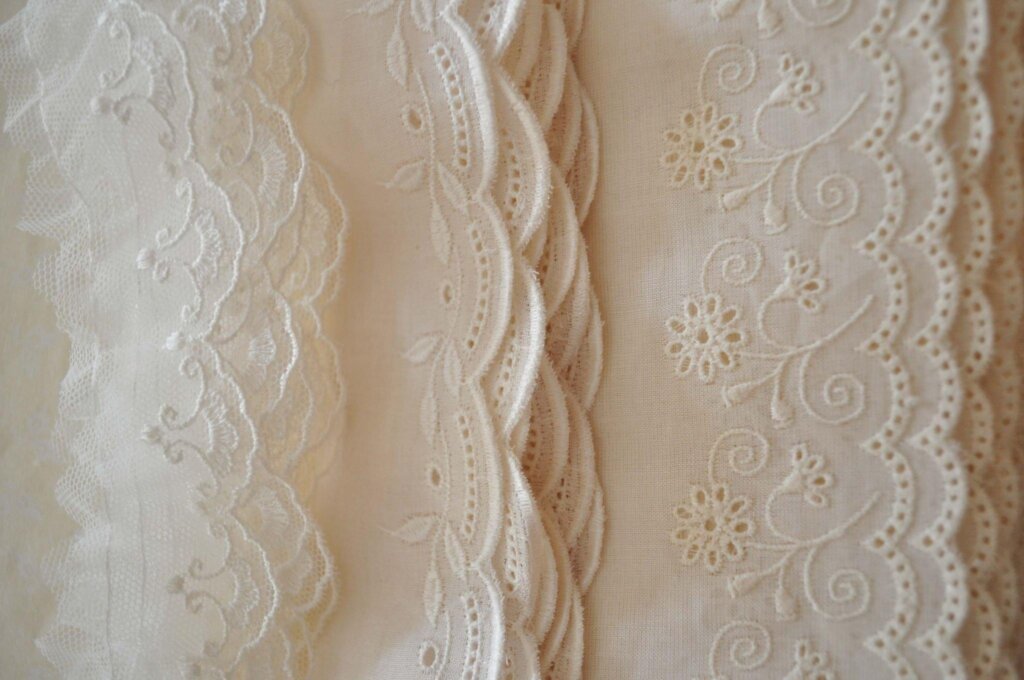
A light, sheer, patterned fabric that is great for dresses because it is thin and not thick.
16. Tulle
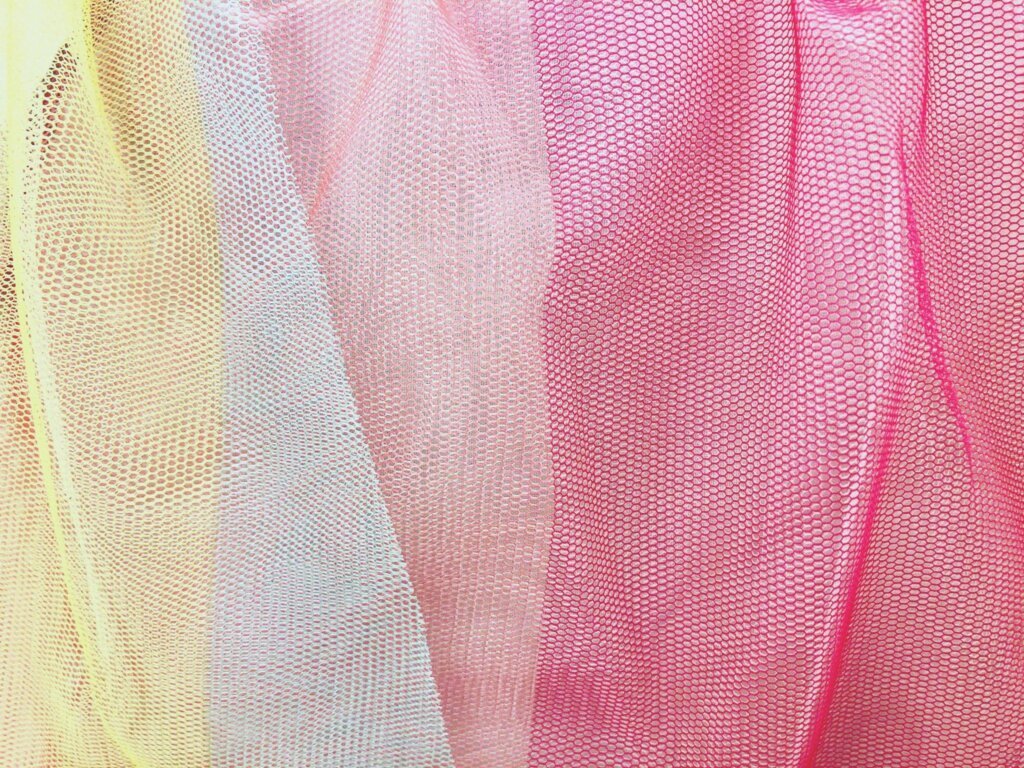
A thin, see-through fabric that is stiff and springy and works well for skirts and tutus.
17. Mesh

It is a thin, see-through fabric that looks like a net and is good for dresses because it is light and see-through.
18. Jersey
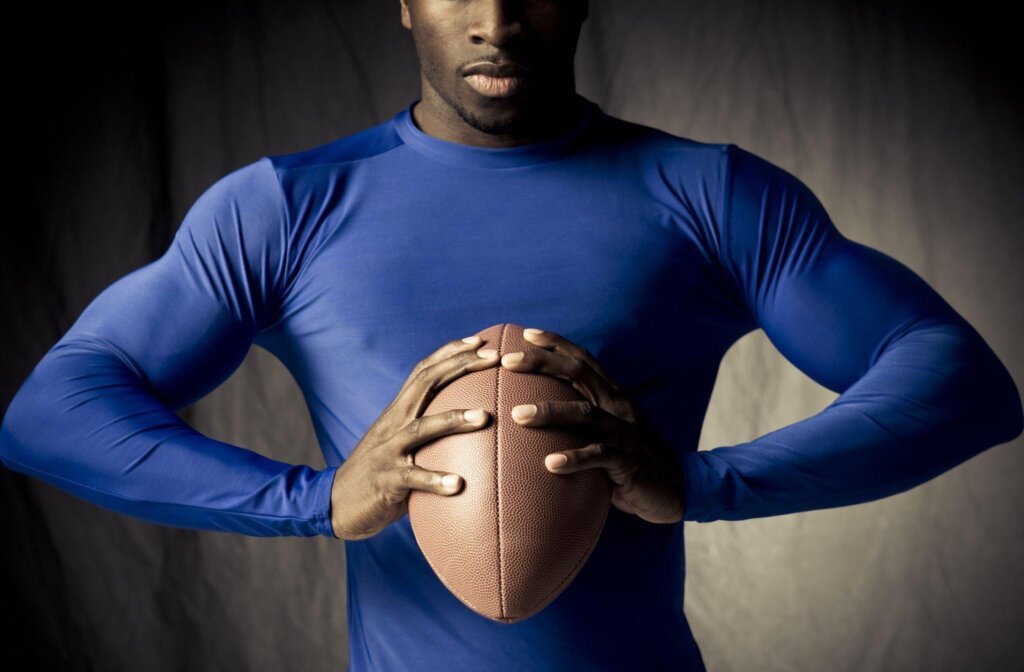
A thin, stretchy fabric that feels soft and smooth. It’s great for making dresses and tops that are easy to wear.
19. Spandex
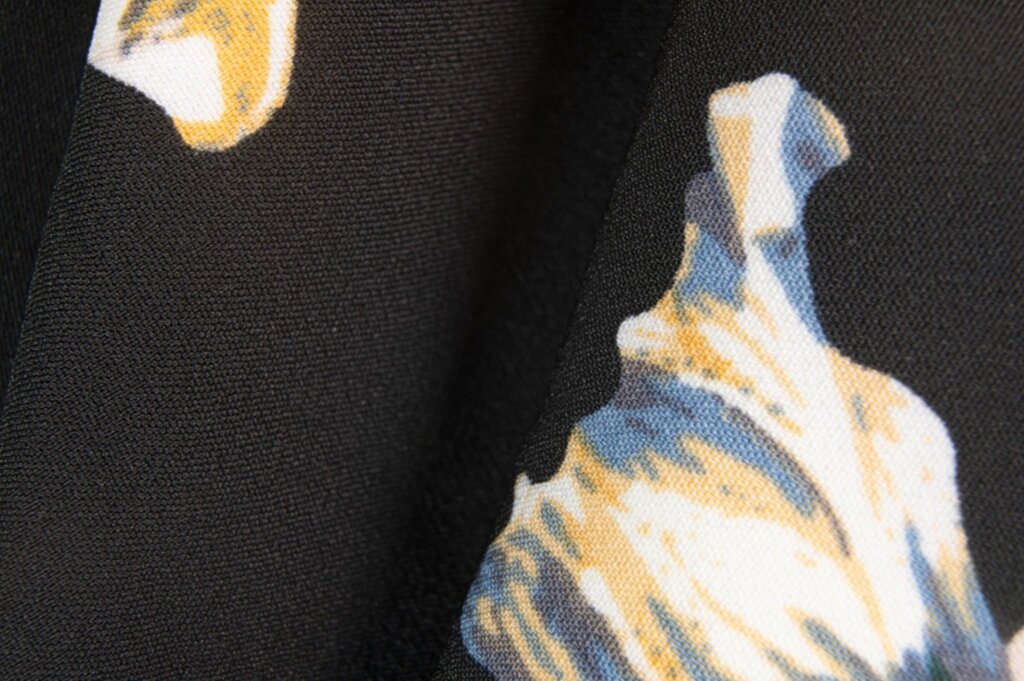
A thin, stretchy fabric that looks shiny and is perfect for dresses and tops that fit close to the body.
20. Knit
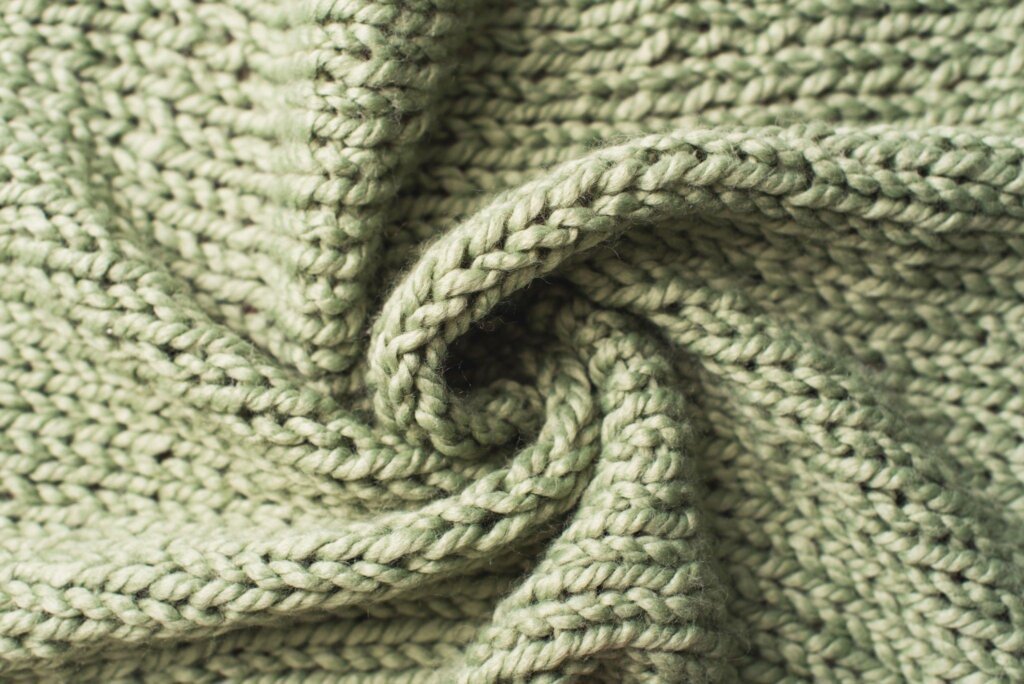
A thin, stretchy fabric with a textured look, perfect for dresses and tops that you want to be comfortable in.
21. Satin
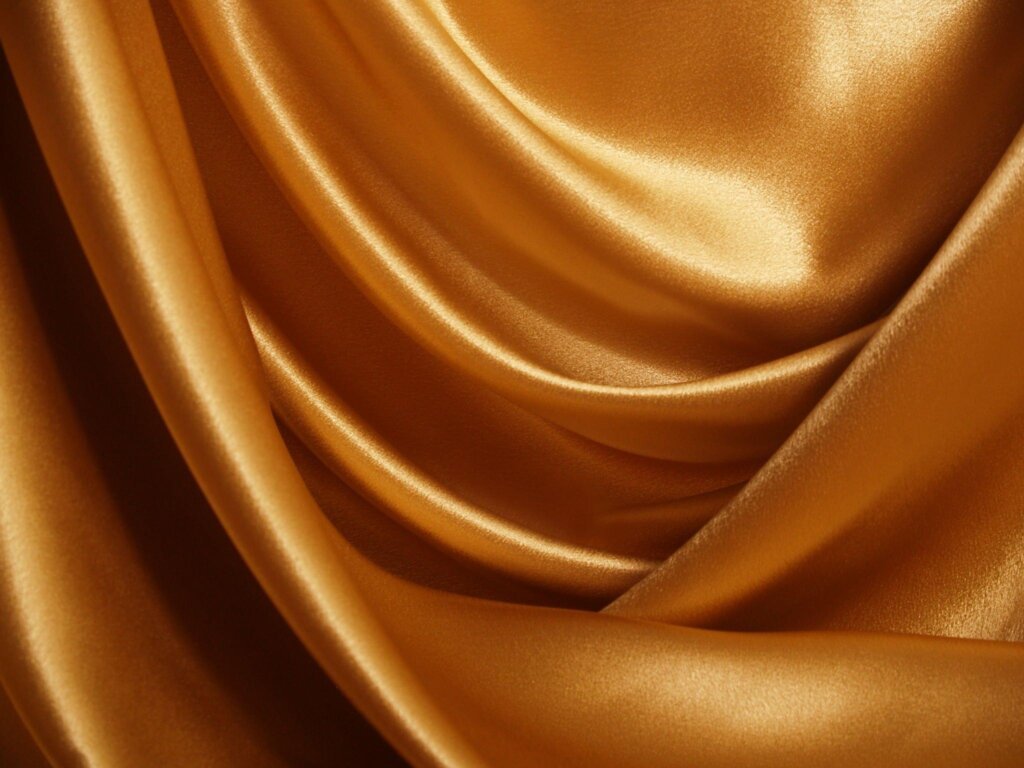
A smooth, light, and shiny fabric with a glossy finish and a flowing drape. It is perfect for dresses and blouses that need to look formal or elegant.
22. Dyneema

A synthetic fiber that is known for being strong for its weight, resistant to wear and tear, and waterproof. It is often used in sails and body armor.
23. Nylon
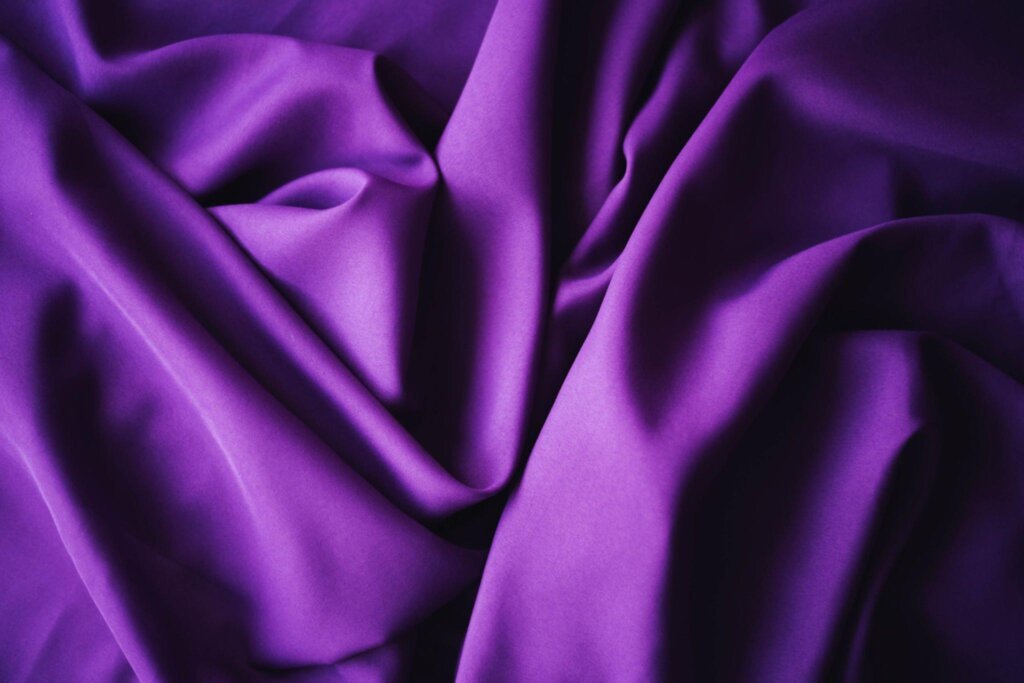
A synthetic fiber that is strong, durable, dries quickly, and doesn’t weigh much. This makes it great for clothes, ropes, and tents, among other things.
24. Polyester

A strong synthetic fiber that dries quickly, doesn’t wrinkle, and is light. It is often used for clothing and other thing’s
25. Ripstop Nylon
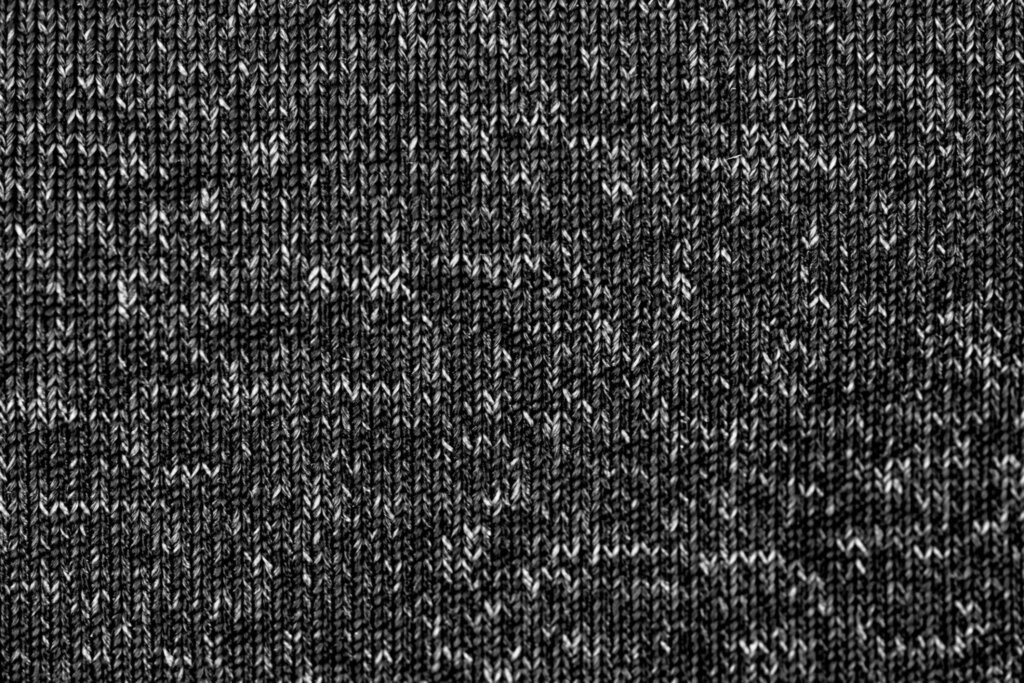
It’s a type of nylon that has small holes in it. A lightweight fabric made of nylon fibers that are strengthened with a special crosshatch pattern, making it hard to tear or rip.
26. Kevlar

It is a man-made fiber that is known for being very strong and is often used in bulletproof vests and other protective clothing.
27. Carbon Fibers

A material made of thin fibers of carbon that is strong, durable, and light. It is often used in aerospace and sports equipment’s
28. Aramid Fibers
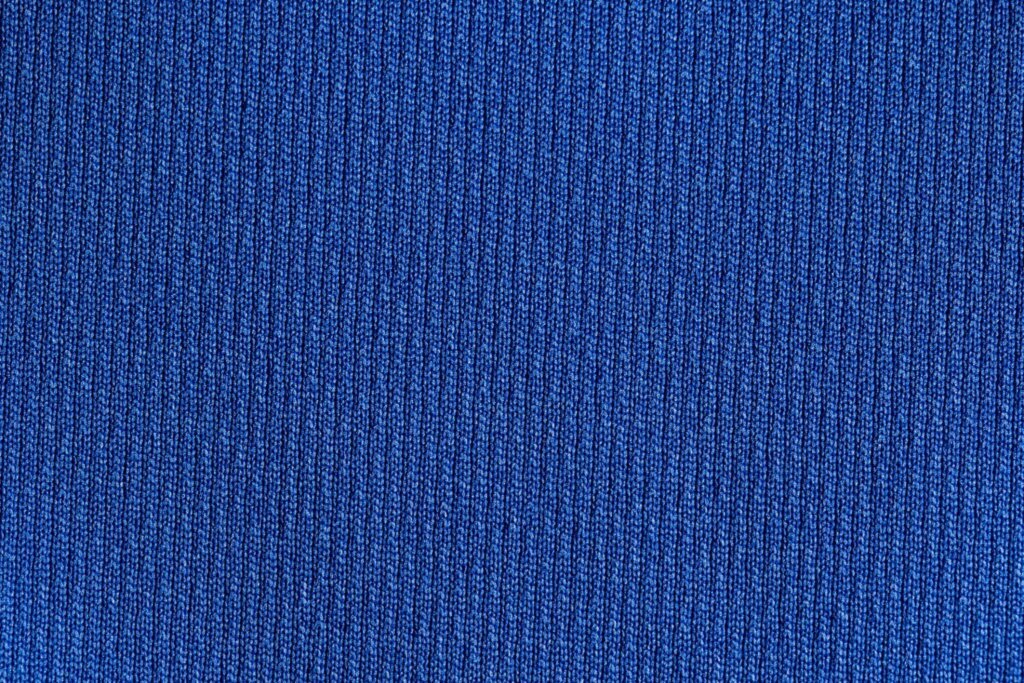
It’s group of synthetic fibers that are known for being strong and are often used to make bulletproof vests, clothing that doesn’t catch fire, and clothing that protects you from harm.
29. Vectran

A strong, lightweight, and high-strength synthetic fabric that can stand up to heat and is also strong.






